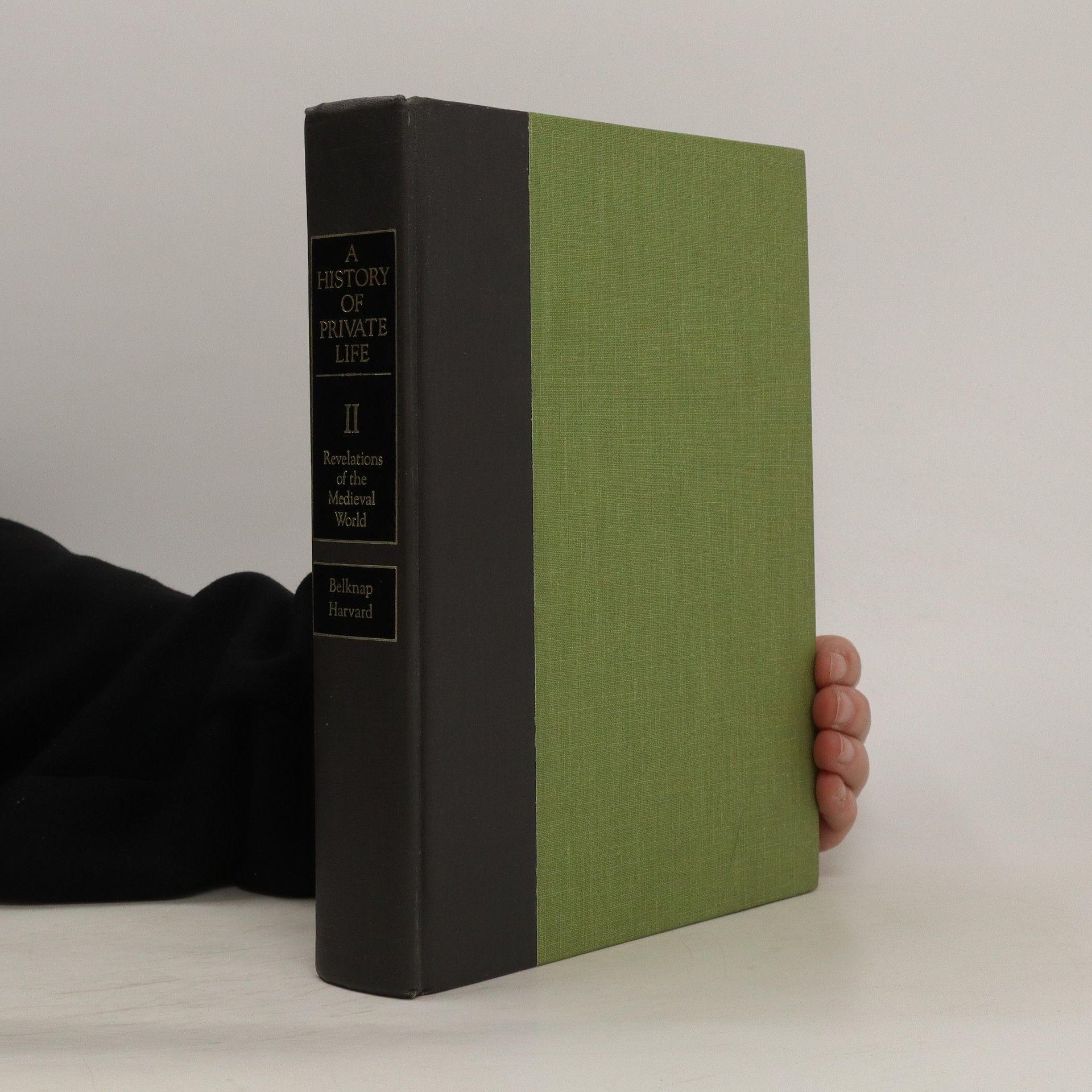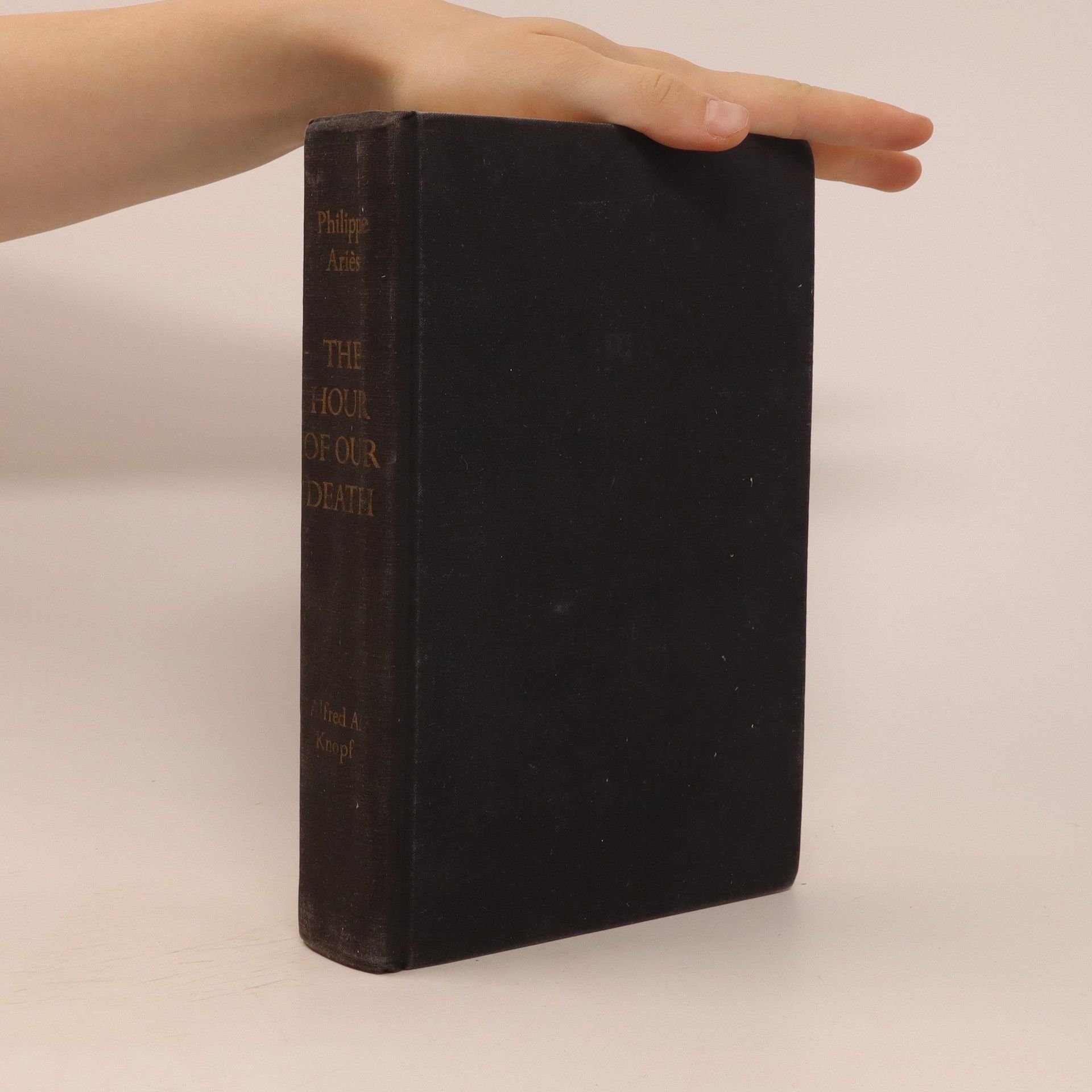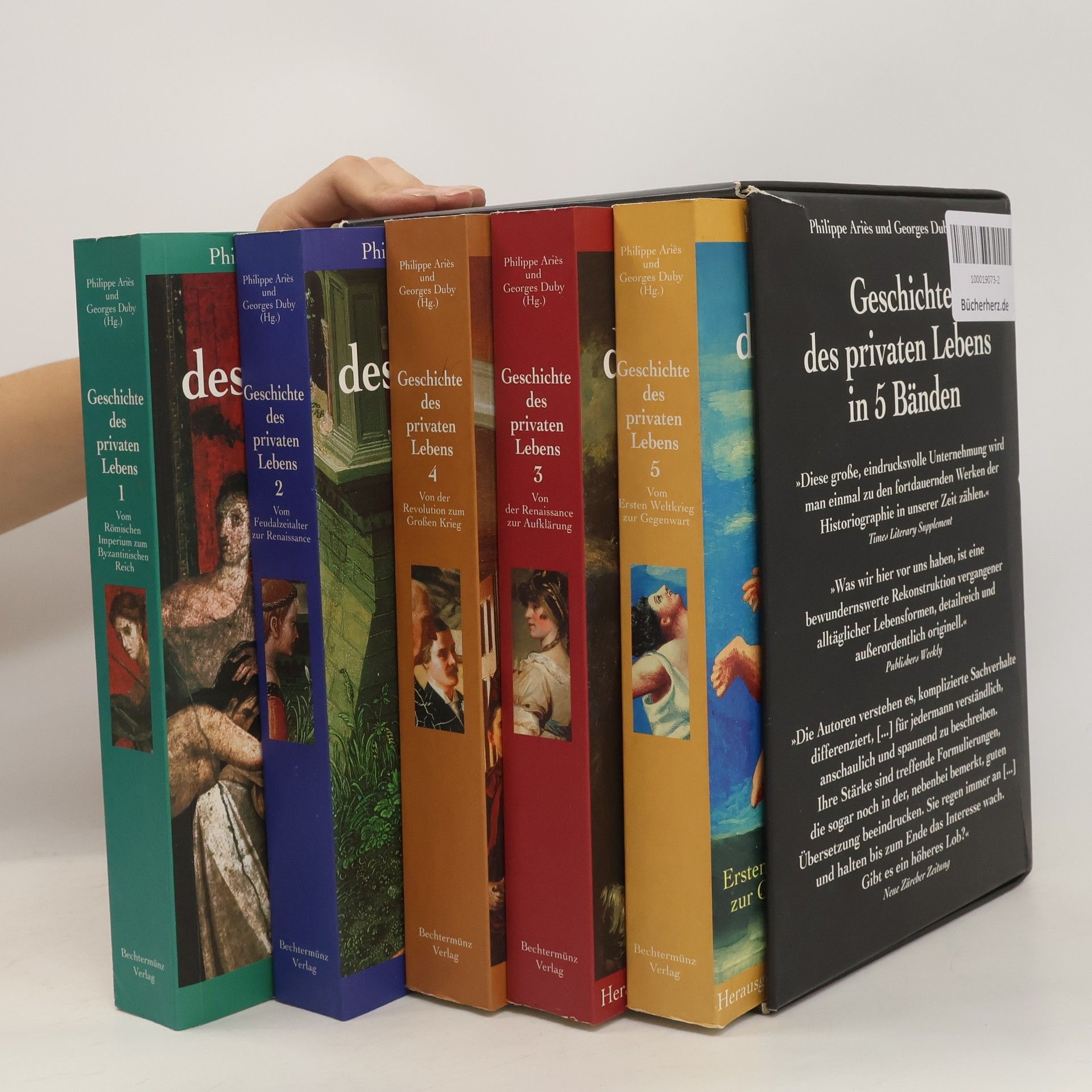The Hour of our Death
- 651 pages
- 23 hours of reading
This remarkable book -- the fruit of almost two decades of study -- traces in compelling fashion the changes in Western attitudes toward death and dying from the earliest Christian times to the present day. A truly landmark study, The Hour of Our Death reveals a pattern of gradually developing evolutionary stages in our perceptions of life in relation to death, each stage representing a virtual redefinition of human nature. -- Provided by publisher









